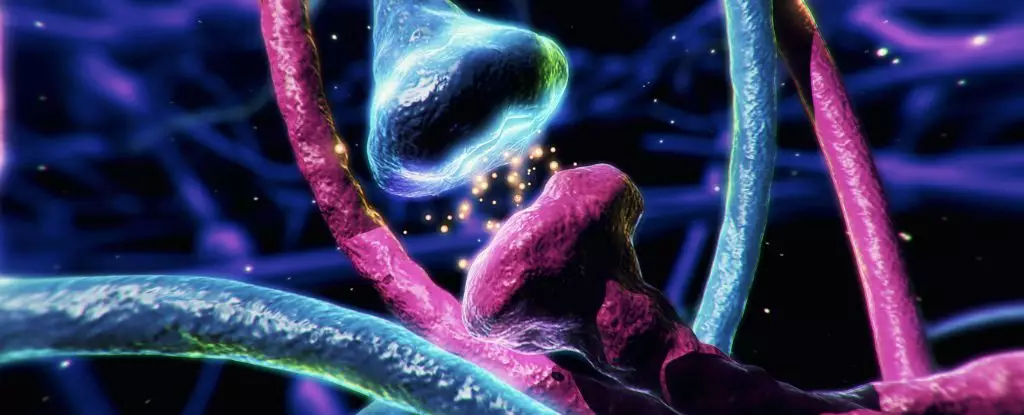Dopamine has long been portrayed as the brain’s principal messenger orchestrating a symphony of emotions, movements, and reward systems. Traditionally, the dominant narrative suggested that dopamine operates like a broadcaster, releasing signals that diffuse across large neural territories, influencing multiple neurons simultaneously. However, recent breakthroughs challenge this simplistic view, revealing a far more intricate and precise communication system. Emerging evidence indicates that dopamine can act with a level of specificity previously thought impossible—delivering quick, targeted “whispers” to neighboring cells within a matter of milliseconds. This revelation upends conventional assumptions, prompting us to reconsider not just how dopamine functions, but how the brain’s entire communication network is orchestrated.
This nuanced perspective suggests that dopamine isn’t solely a broad, slow-acting broadcast but also partakes in rapid, localized signaling. Such duality could serve as a fundamental building block for complex cognitive, emotional, and motor functions. It raises critical questions: How much of our understanding of reward, motivation, and neurological disorders has been limited by viewing dopamine through a monolithic lens? Could overlooking these fast, localized signals have hampered breakthroughs in treatments for conditions like Parkinson’s disease or schizophrenia? The implications are profound, urging scientists to refine their models and acknowledge the layered sophistication inherent in dopamine’s role.
Implications for Brain Disorders and Therapeutic Strategies
The discovery of rapid, localized dopamine signaling carries significant weight in the context of neurodegenerative and psychiatric disorders. For decades, treatments for Parkinson’s disease, for example, have focused on replacing or synthetic mimicking of dopamine, aiming to restore a presumed uniform deficit across the brain’s dopamine pathways. Yet, if dopamine’s signals are as nuanced and context-dependent as recent research suggests, then current therapies might only be addressing part of the problem. They could be akin to using a sledgehammer where a scalpel is needed—ineffective or even detrimental.
In disorders like schizophrenia, the dysregulation of dopamine pathways has long been recognized as a core feature, but how these imbalances manifest at the micro-signaling level remains elusive. If local dopamine release is more prominent than previously thought, then aberrant short-range signals could underpin some of the cognitive and perceptual disturbances characteristic of these conditions. Understanding this micro-level communication offers promising avenues for developing precision treatments that target these specific signaling patterns rather than broadly modulating overall dopamine levels.
Furthermore, the insights gained from studying the striatum—a brain region central to movement and reward—could revolutionize our approach to addiction and ADHD. The fact that dopamine signaling varies not just over time but also spatially within neural circuits implies that interventions could be more fine-tuned, restoring healthy signaling dynamics with minimal side effects. For many neuropsychiatric conditions, this micro-focus might be the key to more effective, personalized therapies that address the root causes, rather than merely alleviating symptoms.
Reevaluating Brain Function and the Path Forward
The current scientific paradigm must evolve in light of these findings. The idea that dopamine signals diffuse gradually through the brain as a broad, slow-moving broadcast is increasingly incompatible with evidence of rapid, direct signaling. This discrepancy calls into question foundational theories about how motivation, learning, and emotional regulation are encoded at the cellular level.
Academics and clinicians alike need to embrace a more differentiated view—one that recognizes the duality of dopamine signaling. Such a paradigm shift could accelerate research into the brain’s plasticity, adaptation, and resilience. It also demands better tools and methodologies capable of capturing these micro-signals in living brains, an endeavor that will challenge current technological limitations but promises richer, more accurate insights.
Ultimately, acknowledging the layered complexity of dopamine signaling underscores the importance of precision in neuroscience. It reminds us that the brain isn’t a simple relay station but a highly nuanced, dynamic ecosystem. As researchers peel back the layers of this microscopic dialogue, we come closer to understanding the true depth of human cognition and emotion—and how to heal when these systems go awry.


Leave a Reply